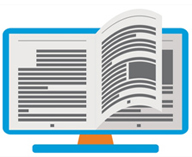This report of the 10th Virtual Dialogue by the UN Women Training Centre’s Community of Practice (CoP) summarizes discussions on the change which training for gender equality has achieved to date, the change it can aspire to achieve, and how this change can be assessed and evaluated. The Virtual Dialogue explored the different kinds of change that training brings about – both individual and institutional. While there is no single ‘recipe’ by which training evokes such change, issues to bear in mind include the trainees’ needs and contexts, trainers’ reflexivity, a continuous process of learning, a strategic approach that embeds training in broader change processes, and the commitment of decision-makers.

